How to Put an Evacuation Plan Together
Today, let’s talk about an evacuation plan to have in place if you are asked to leave your home, neighborhood, or community. According to the news reporters, we saw the news years ago about Hurricane Helene, the worst storm and devastation in American history. I quote The New York Times: Reports have referred to Helene as a “1 in 1,000-year storm.” This term is essentially a statistical estimate by NOAA based on past rainfall in a location. It’s used by city planners, engineers, and floodplain managers to design for future floods.
One of the challenges with the current wildfires in Southern California has been notifying the residents when it’s time to evacuate. Some people claim they didn’t know official evacuation orders or alerts were in place. Another issue has been having the roads so crowded that when people saw the smoke and flames getting close they just abandoned their vehicles, causing even more chaos. If they’d had an effective communication plan in place and had evaluated multiple options for escape routes their experience may have been much different.
None of us knows when we might be faced with the need to evacuate our home, workplace, school, church, or other locations. It pays to put together evacuation procedures beforehand, go through some practice drills, evaluate destinations to consider, and have essentials ready to grab in a hurray. Let’s discuss some critical aspects of putting an emergency evacuation plan together.
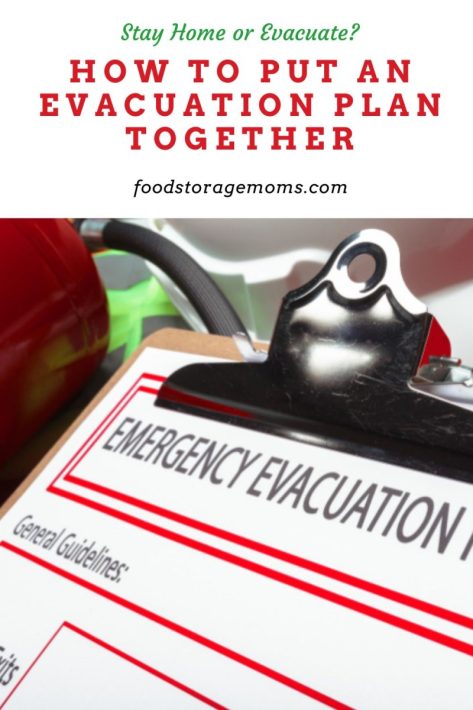
When we lived in Southern Utah, we had what they called a 100-year storm a few years ago. At the time, we thought it was devastating for so many families. Then, we experienced two 500-year storms, and the flooding was unbelievable.
I don’t want to compare storms; we have had so many that it seems they are getting stronger and stronger. Of course, we now have more television stations to report emergency news, and social media brings pictures of chaos into our lives through our computers, laptops, and iPhones. Hopefully, we all have learned to stay better informed.
How to Establish an Evacuation Plan
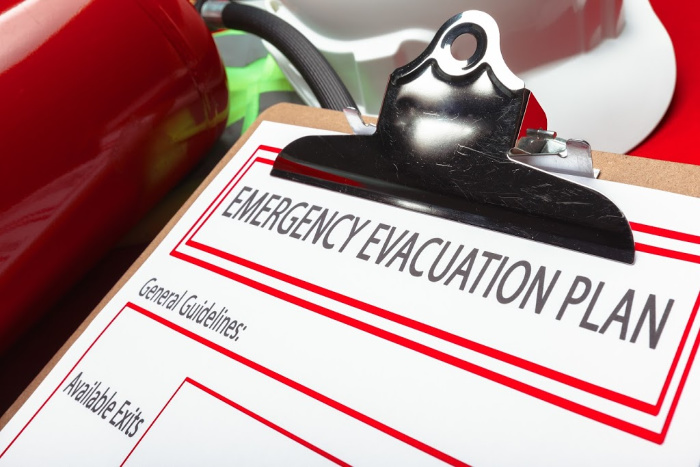
When it comes to having an evacuation plan, they don’t put it together themselves. There are resources out there like the American Red Cross that can help you establish and put together an evacuation plan. The key is, you need to know what you’re doing to be the most efficient when the time comes.
Read the Book: “Five Days At Memorial”
Here’s the deal: I read the “Five Days at Memorial” book about the Memorial Hospital in New Orleans after Hurricane Katrina. I have read the book three times; you may also want to. A reader recommended the book, and I will forever be grateful for her suggestion.
Knowing about situations after a natural disaster or before the disaster hits will help you prepare even more. We live in a world where we don’t think things will happen, but they will. When it comes time to evacuate, you’ll be glad you have an emergency response for family members and/or employees.
Read the Book: “One Second After”
I have also read the book “One Second After,” and it was an okay read. But the book dragged out, and the only thing that came out of that read for me was that cars older than a particular year would be the only ones that would work since they don’t have computers/electronics that would get damaged if an EMP hits your location. You would still need gas in the vehicle to run, and many don’t always keep their gas tanks full.
The other problem is dealing with those who depend on medication that is life-saving, like Diabetes and many more illnesses. I also know pharmacies, grocery stores, and other retail outlets will quickly empty quickly.
Read the Book: “Lights Out”
Then, I was interviewed for the Ted Koppel book “Lights Out”. Now, that is a book everyone in America should read. Our country is so unprepared to replace the infrastructure of our power grids, and it’s appalling to me. He interviewed people working for the government and retired people who had worked with all aspects of our falling apart infrastructure.
His team interviewed more people in the know than any book I am aware of that has been printed on the subject. And, of course, Ted Koppel is a very respected reporter and speaker.
Put Together an Evacuation Plan
First, you may or may not have a choice to evacuate. The local government entities may require you to leave, so we must have an evacuation plan if our home and surrounding areas are dangerous.
Certain situations, like severe flooding, a nearby hurricane, a tornado, wildfires, or an earthquake, will decide for you. Here are my suggestions. Don’t forget Bugging In by Raymond Dean White.
Register Your Phone(s) with Reverse 911
I live in Salt Lake County (Utah), so I would Google Salt Lake County, Utah, Reverse 911, and click on the first link on the computer. This will inform you of imminent danger coming to your neighborhood via an emergency notification system.
Make an Emergency Contact Card
Everyone in your family should have a contact card to carry on their person or backpack. This contact card will have all names, phone numbers, and addresses to contact family members or friends in case of emergencies. Please laminate, if possible.
Emergency ICE in Phones
Make sure all family members have an emergency contact person under the initials ICE, this gives emergency responders, etc. to know who to contact if you are unable to communicate. ICE stands for “In Case of Emergency.”
Have City Maps On Hand
Purchase some maps of your city and surrounding areas. This map can show family members where to meet if a disaster happens without notice. Remember, we may not all be home together when an unforeseen emergency strikes. One family member may drive a carpool, another at work, or another at the grocery store.
Talk openly with each family member about a meeting place that is as central as possible to the most likely place members will be. Talk about Plan A and B, and make a Plan C. Hopefully, all family members will be united quickly. It’s critical you discuss, plan, and practice your evacuation plan, including evacuation routes from each location.
You truly never know when a map will come in handy. However, relying on your GPS won’t work in all emergency situations.
Put Together EDC Bags
Put together an EDC, an “Everyday Carry Bag”. This bag is different than a 72-hour kit. Here is a link to my post on my EDC bag. EDC Bag by Linda
Knowing the different kits and bags to put together is essential. The more you know about an EDC bag, the more likely you are to assemble one.
Don’t Forget the Gas Tanks
Please keep your cars at least 3/4 full or top them off more often. I’m seeing more and more evacuations in the country, so we must always be ready. Mark and I will not be in line to purchase gas, and I can guarantee that. I only have one car, so that should be feasible. Just don’t forget the gas tanks!
Emergency Binder
Be prepared to grab and go with your emergency binder at a moment’s notice. You can relax, knowing you have all the documents you need when evacuating. This can include passports, birth certificates, medical records, bank information, deeds, trusts, and more.
Please have small bills in your possession. If we lose power, the ATM’s may not work. The banks will be closed if they have a power outage. I suggest cardstock for those pages you want to print.
Food Storage Moms FREE Printable Emergency Binder Download
Post A Document
Please post a document on the back door, the front door, or whatever to remind you to grab the items you don’t want to leave behind. Remember that your house may not withstand a disaster, so write down items that are extremely special to you on paper.
You may or may not have time to grab them. Have a family meeting and talk about and practice an evacuation plan with items needed to grab and go. These items could be water, food, 72-hour kits, emergency binders, prescriptions, dog food, extra clothing, shoes, first aid kits, etc.
What About School Evacuations?
Please check to see what your local schools do in case of an unforeseen emergency or disaster. Ask the school for the process required to have your children released in case of emergency.
You may need to add names to the cards on file at your children’s schools. You can even put together these school emergency kits.
Know Where Your Evacuation Centers Are
Please check with your local city and county emergency centers to see their plans for people who may have to be evacuated. Do they have different locations, supplies, etc?
Keep in mind the government can’t take care of everyone. We need to have at least 3-7 days worth of food and water for our families at the very least. Thirty days would be even better; please do what you can.
Get To Know Your Neighborhood
I know I have talked a few times about meeting your neighbors. Please introduce yourselves if you go for walks.
If you feel so inclined, I would have a meeting (barbecue, maybe) with those neighbors you feel comfortable talking about disasters before they hit and how you can help one another.
Please remember those older neighbors and disabled people on your street in your evacuation plan.
What About Pets During an Emergency Evacuation?
Don’t forget our pet needs; we also need water and food for them. Put together a bag, if possible, with food and water dishes, extra collars, leashes, harnesses, etc.
If you think a crate is right for your pet, take one with you. Ensure you have a litter box with strong bags with kitty litter and baggies to pick up after all our pets.
I’m sure those with larger animals have a more challenging time protecting animals that can’t be taken to shelters. Please have medical records for your pet (s) because they may be required to enter some emergency locations. Here is my 72-hour kit pet list that may help you as well.
How Much Water Should You Store by Linda
Prepare Your Family For Survival by Linda
Bugging In by Raymond Dean White
Final Word
I hope you put together an evacuation plan for you and your family after today. Be sure to check out my archive of posts dealing with emergency car kits since an evacuation normally doesn’t involve walking away from the high-risk area. We must talk about several options. If you have purchased my book, you have seen my suggestions. May God bless this world, Linda
Copyright Images: Asphalt Broken In Road Depositphotos_49226117_S By Actionbleem, Evacuation Plan AdobeStock_215200330 By Fotofabrika

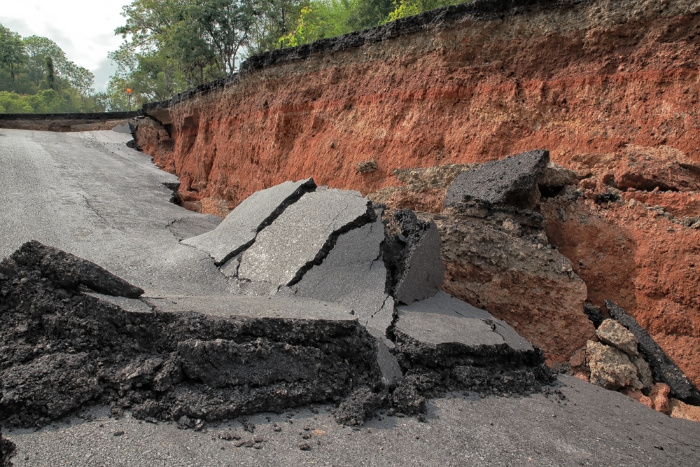


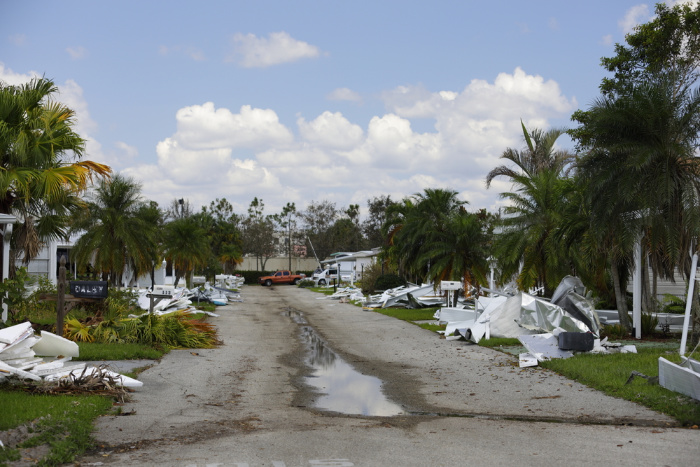



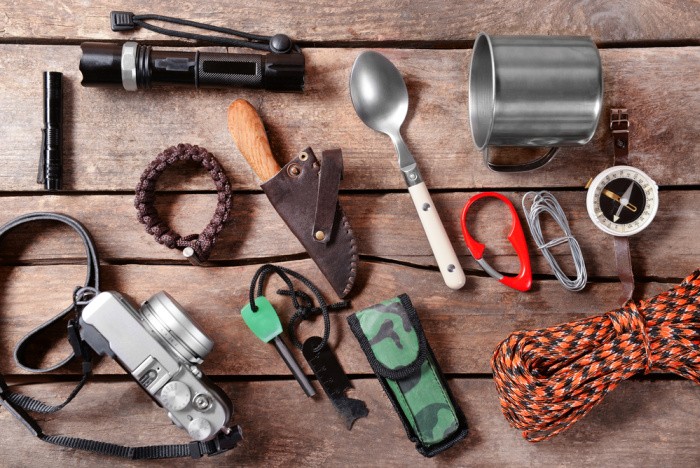

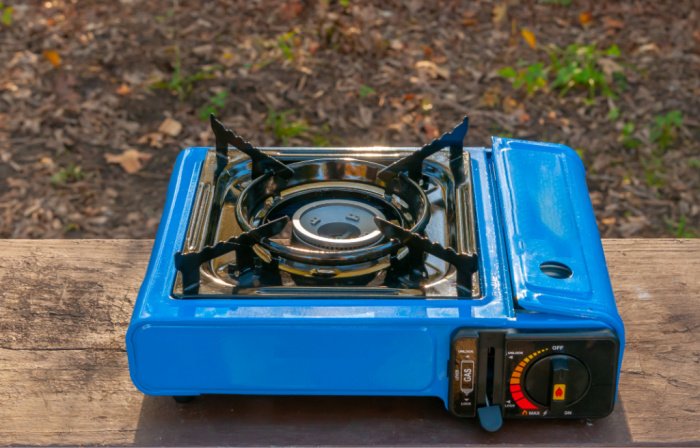

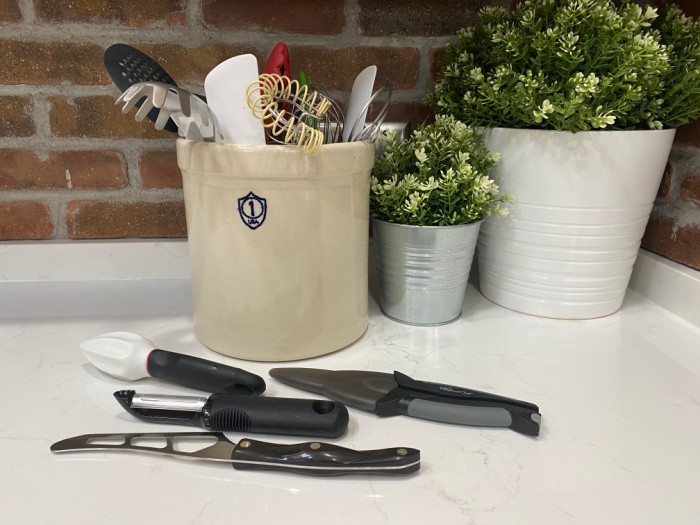
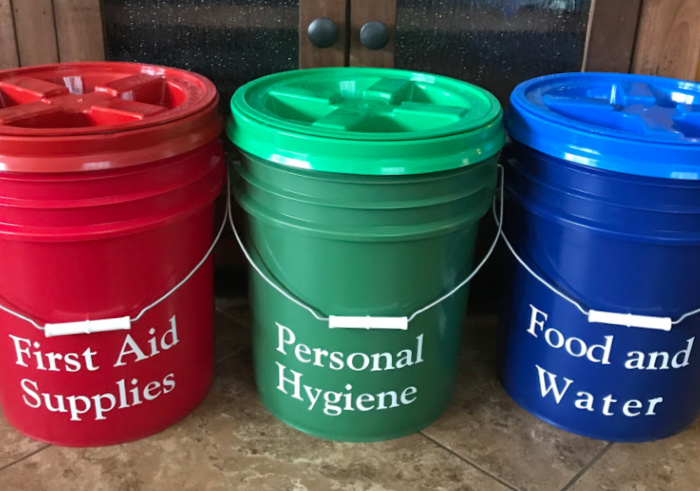


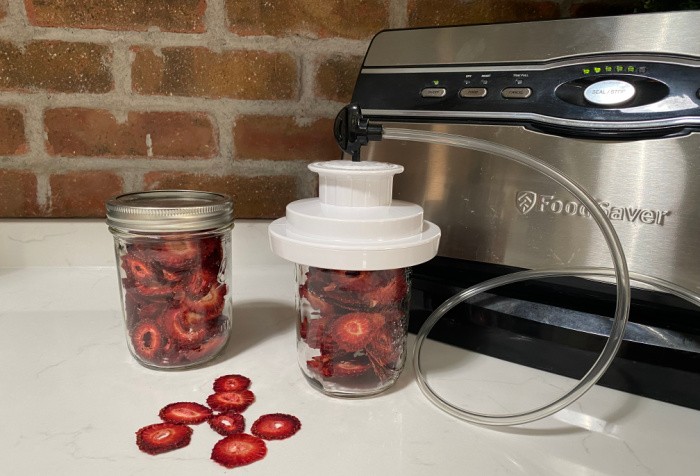




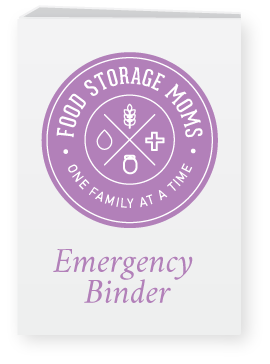
Hi Linda,
I taught this class to my Relief Society just last night! Nevada just became the fourth state to recommend people prepare to evacuate for 96 hours, instead of the usual 72. (The other states are Utah, Colorado, and Washington.)
As far as One Second After and all the diabetics dying (per the book’s author, not you), that doesn’t have to be the case. Diabetics have to prepare, just like everyone else. Insulin was a DIY thing in WWII when the commercially-produced insulin couldn’t be obtained. It won’t be easy, but apparently it’s about as difficult as making meth.
My husband is a type-1 diabetic, so it’s a topic we’ve been on top of our whole lives. I’ve written a lot more about it on my blog, PrepSchoolDaily dot blogspot dot com. Type “Diabetes–Type 1” in the search bar on the right, or go to the post for 2 April 2019.
Have a great day!
Jennifer
Hi Jennifer, I agree with the 96 hours, I wrote a post about 72-hour kits not being enough. I love hearing someone like you is teaching a preparedness class. We need to get people prepared, good job. Linda
The listed items are overwhelming. Could you please tell me how you are suppose to fit all this in a back pack? May I also suggestion using empty prescription bottles for matches, coins, etc.. Plus use a large bottle for some lint from your dryer to use for a fire starter. Also i do not see toilet paper. Maybe i missed it. Plus a fold up shovel to dig a spot to take care of business and then cover it up.
Hi Donna, today the post was about making an evacuation plan. I have discussed 72-96 hour kits many times. I like your idea about using prescription bottles for matches and coins. When I write it’s mainly to help others be prepared one step at a time. You pick and choose what you can use or afford to stock in your home or vehicle. I hope this helps, Linda
Hello Linda, I am the Emergency Preparedness Specialist in my area. I have been teaching preppers for twenty years that you will never know when you will need the knowledge and equipment i’ve taught people to have on hand. Well, it came home to roost. My sisters house burnt down, nothing left. While that in and of itself is terrible, worse is that they themselves were not prepared. After both ran out of the house in the clothes they were wearing, my brother in law ran back inside to get clothes, wallet, keys, etc., and in the process was severely burned on his feet. If they had the “night bag”, EDC and the 72 hour kit the situation would have been different. Lesson: the “night bag” is nothing more than a bag with every day clothes and copies of important documents kept near the bed or under the bed. I sincerely hope that others who have read my comments will learn from this terrible incident.
Hi LMB, whoa!! I’m so sorry about your sister’s home, that is terrible. You BIL’s feet, yikes. I love the term “Night Bag”, I LOVE it in fact. You know when my husband and I lived in Farmington, Utah, back in 1983 the entire town was evacuated due to flooding. Not ONE person brought their 72-hour kits to the churches or schools where they were instructed to go. We had just moved into our house in Farmington but we were up on a hill pretty far from flooding. We had helicopters flying overhead instructing everyone to evacuate. We left to go help the families below us sandbag their homes. We literally had minutes to help those in the way of the floods coming down. A “Night bag” would have been great for those who could not go home. Of course, they forgot their 72-hour kits, but I like your idea. Linda
Linda – I apologize in advance if this reply goes on too long!!
1) ICE! Most Iphones and Smartphones have an ICE or Emergency section – not sure if that is the correct term! I keep my phone locked but Emergency personnel are or should be trained in how to access this emergency information on locked phones. So, my phone, when you swipe the screen to put in the code, there is an “emergency call” button at the bottom. EMTs can press that and access the information (contacts, medical issues, etc.) that I have programmed into my phone. This is very important if one is not conscious!
2) I have mentioned this in other blog posts but there is a “thing” called File of Life. I live alone and this is something that I have on my refrigerator as well as a smaller one in my wallet. Basically, it has my name/address, doctor, emergency contacts and medical data, insurance info. This is information that EMTs can use if treating me, and I am unable to communicate. I keep both fridge and wallet cards updated (think clock changing times!!). I THINK there is a charge for File of Life packets, but they may be available through the police department or fire department. You can also find a similar item at https://printableshub.com/free-printable-emergency-card-templates-pdf/
3) The last place I lived was a senior community. We were always notified a few days in advance when tests of the fire alarms were going to happen. One day, the alarms went off and we had not been notified!! So, I figured there must be a fire somewhere. It just so happened that I had my go bag near the front door. I also ALWAYS keep my car keys and purse at my front door – grab and go!! So, I grabbed my coat, put my shoes on, keys and purse in hand AND my go bag. I was prepared to not be able to go back into my apartment. People thought I was crazy. Some people didn’t even leave their apartments!
4) Consider giving a “class” on being prepared to both stay in place or to evacuate. I did this at my last place but had comments such as: “you are just fearmongering”; “we’ll just come to your place”; and “we cannot afford to prepare”.
5) Linda – you had a post recently on being aware of your surroundings. We also need to be aware of things such as: weather, fires, unrest, and the list goes on! We generally know or can know when a storm is coming days in advance – to my way of thinking, if you know a snowstorm or a significant rainstorm is on its way, we can be prepared to some extent. If there is a fire in the area, get ready to leave at a moment’s notice but many times there is advance warning by emergency personnel. We might not know of unrest. Thinking people like us can generally consider the what ifs in this case.
So, I will end my rant about being aware, prepared, etc.!!
Hi Leanne, your comments would never be too long. I always learn something from you. I have a FREE download for my readers, they do not have to pay for it. It’s in today post, https://www.foodstoragemoms.com/wp-content/uploads/2022/05/printable-binder-1.pdf Stay safe, great comment, Linda
Good stuff. Rapid evacuations cause stress especially when communicating is difficult to impossible. Maintain hope and stay positive. We live in an immediate gratification and knowledge world and when that’s broken stress level go through the roof. Stay positive
Hi Matt, thank you for your kind words, my friend. You are so right we must stay positive because if we have no control over what is happening our stress level with go through the roof. I like your “maintain hope and stay positive”. Linda
Ok Linda, you have me thinking…. I haven’t paid very much attention to bugging out before, because physically it would be very difficult. In the past I figured we would have a couple of hours to pack up the car if we did have to leave. Now I realize I was being foolish. I am taking everything you and your followers have written to heart. Thank you everyone.
HI Chris, I cannot bug out, I will take my chances here unless its an earthquake. Today I checked on my solar generator/inverter and it’s total shot. I need to go on Tuesday and find a solution. If you have a place to go then you may want to bug out. I have no options. I will not leave, I physically cannot. It’s just how it is. I have everything I need here. If you are close to natural disasters, riots, or criminals, you need to make a plan. My plan is to stay home. Linda